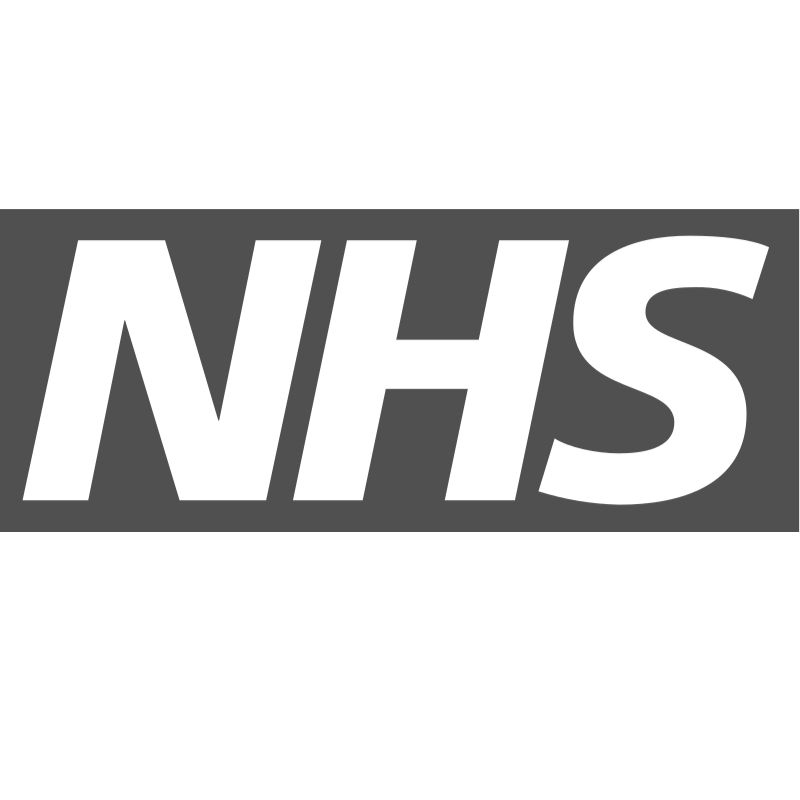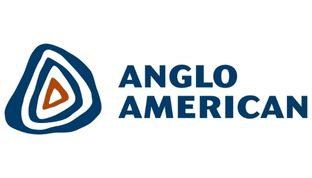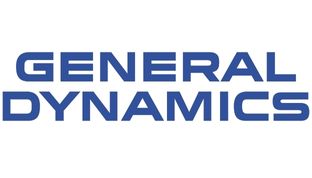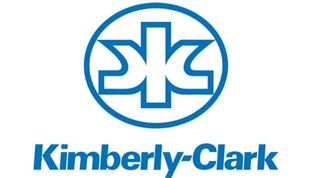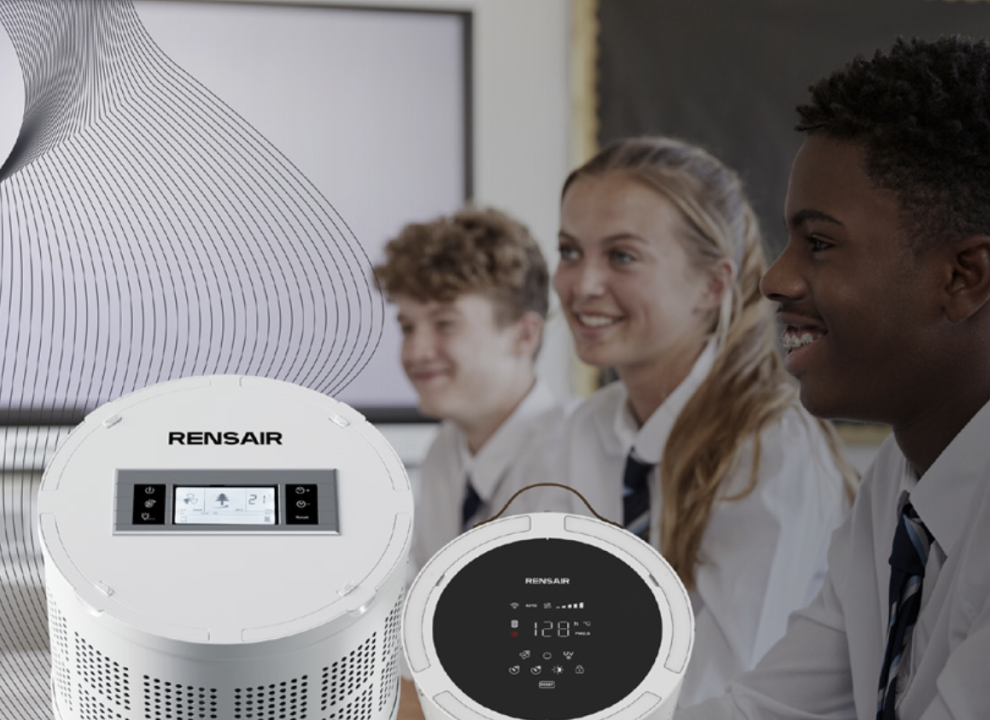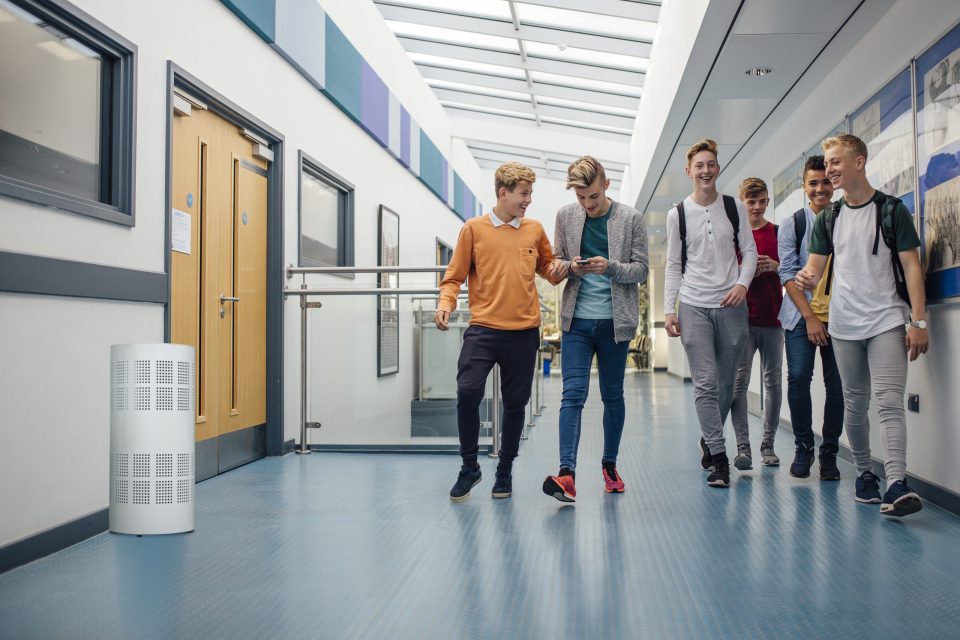Many education facilities struggle to maintain air quality

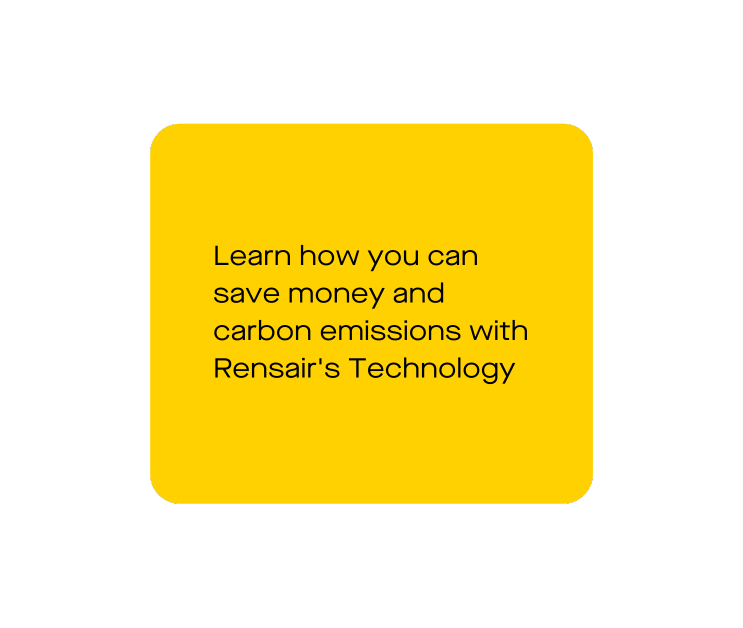
Enlightened educators understand the importance of air quality to academic success. However, indoor air quality (IAQ) within educational buildings is up to five times worse than the air outside due to under-ventilation. It’s a particular challenge for the education sector where many buildings are older or listed and cannot be retrofitted.
Without suitable ventilation in crowded indoor spaces like classrooms and lecture halls, students find it harder to concentrate, and allow airborne pathogens are able to spread quickly. Enhancing IAQ in these environments is essential to ensure a safe and conducive learning atmosphere.

Keeping students healthy and learning
Rensair’s hospital-grade air quality ecosystem enhances your IAQ and supports student wellbeing without the need to replace your existing ventilation. Our technology uses a patented combination of H13 HEPA filtration and germicidal UVC light to trap and destroy more than 99.97% of airborne pathogens, including viruses, bacteria, and allergens.

IAQ and cost efficiency – even in older buildings
Our portable air filtration devices – which are backed by software that lets you manage air quality and energy output – provide a practical and efficient way to improve IAQ without the need for expensive and disruptive HVAC system overhauls.
We help you meet the World Health Organisation’s clean air delivery rate recommendations, even in older buildings that pose unique ventilation challenges. And we also help you make instant energy savings by reducing the need for heating or cooling fresh air intake.
Easy to get underway
Rensair is the most certified air quality proposition in the industry, trusted by leading education providers such as the University of Oxford, University of Cambridge and the University of Michigan.
Our technology automatically adjusts to environmental shifts and occupancy levels and offers predictive maintenance, with no requirement for specialist oversight, meaning you don’t have to be experts in air filtration to get underway and start improving IAQ.

Sustainability without the high cost.
Sustainability is big priority for educational institutions and their students, and Rensair is proven to deliver lower emissions and reduce HVAC energy use by 40%. With our technology, even indoor spaces that can’t be physically altered can still be decarbonised.
Implementing our technology is simple, with deployment possible within a few weeks. And we offer flexible pricing so you can meet your sustainability commitments without heavy upfront capital investment.
Optimise existing mechanical
ventilation while significantly
cutting energy use
HVAC systems are expensive to run and consume a huge amount of energy, so we’ve developed a unique
system to help you optimise their use across your buildings.
Our Smart Demand Controlled Ventilation (SDCV) uses cost-effective air purification devices deployed across your indoor environment to reduce reliance on expensive mechanical ventilation. It ventilates according to occupancy rates, reducing wasted energy when occupancy is low.


The most efficient way to instantly improve your HVAC system
The Rensair Cloud connects your Rensair air purifying devices and integrates with your existing HVAC ventilation and Building Management systems to give you a single connected ecosystem for managing air quality. It’s an approach that reduces your energy usage, saves you money, and protects your people in every indoor space. It’s HVAC: Hacked.

